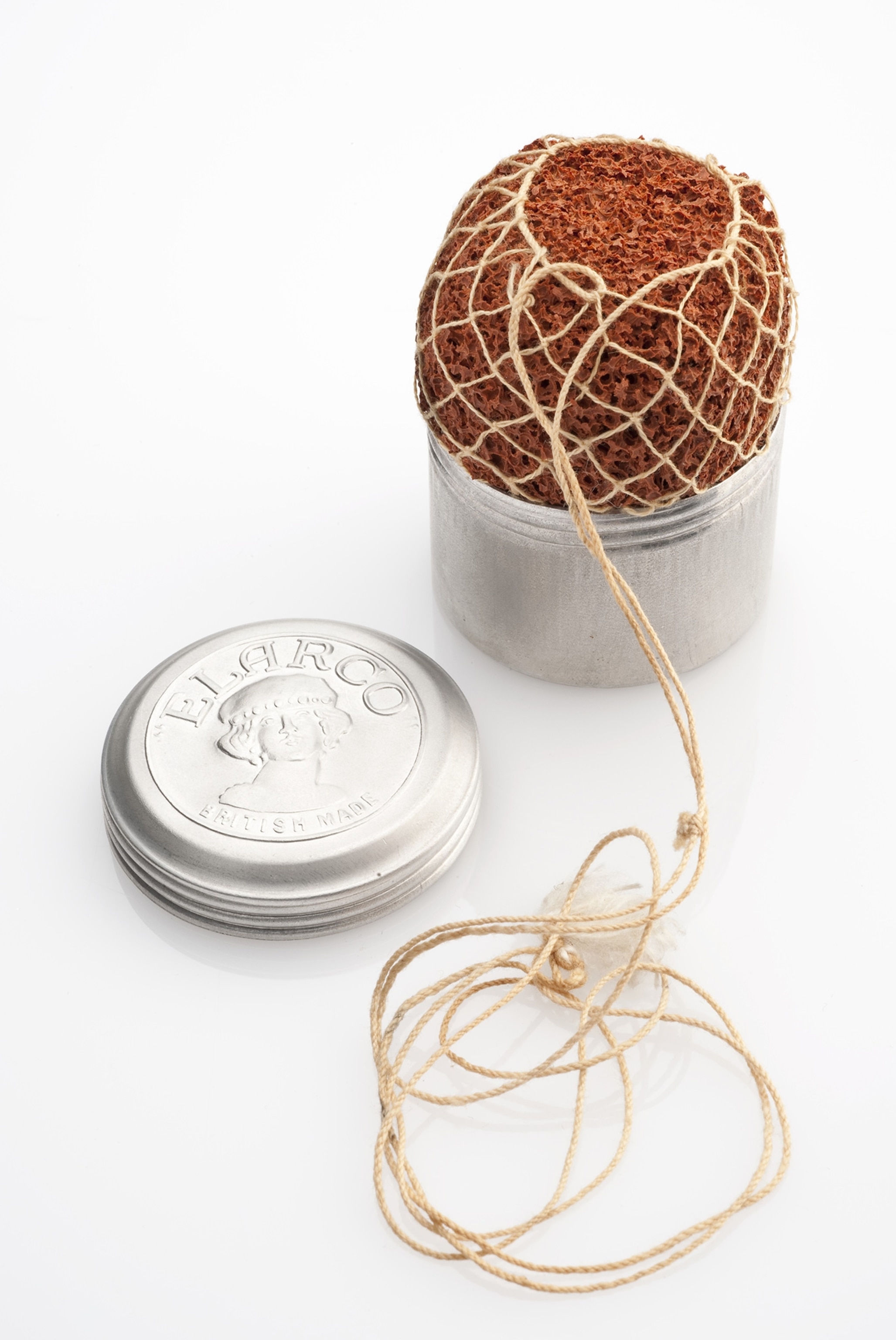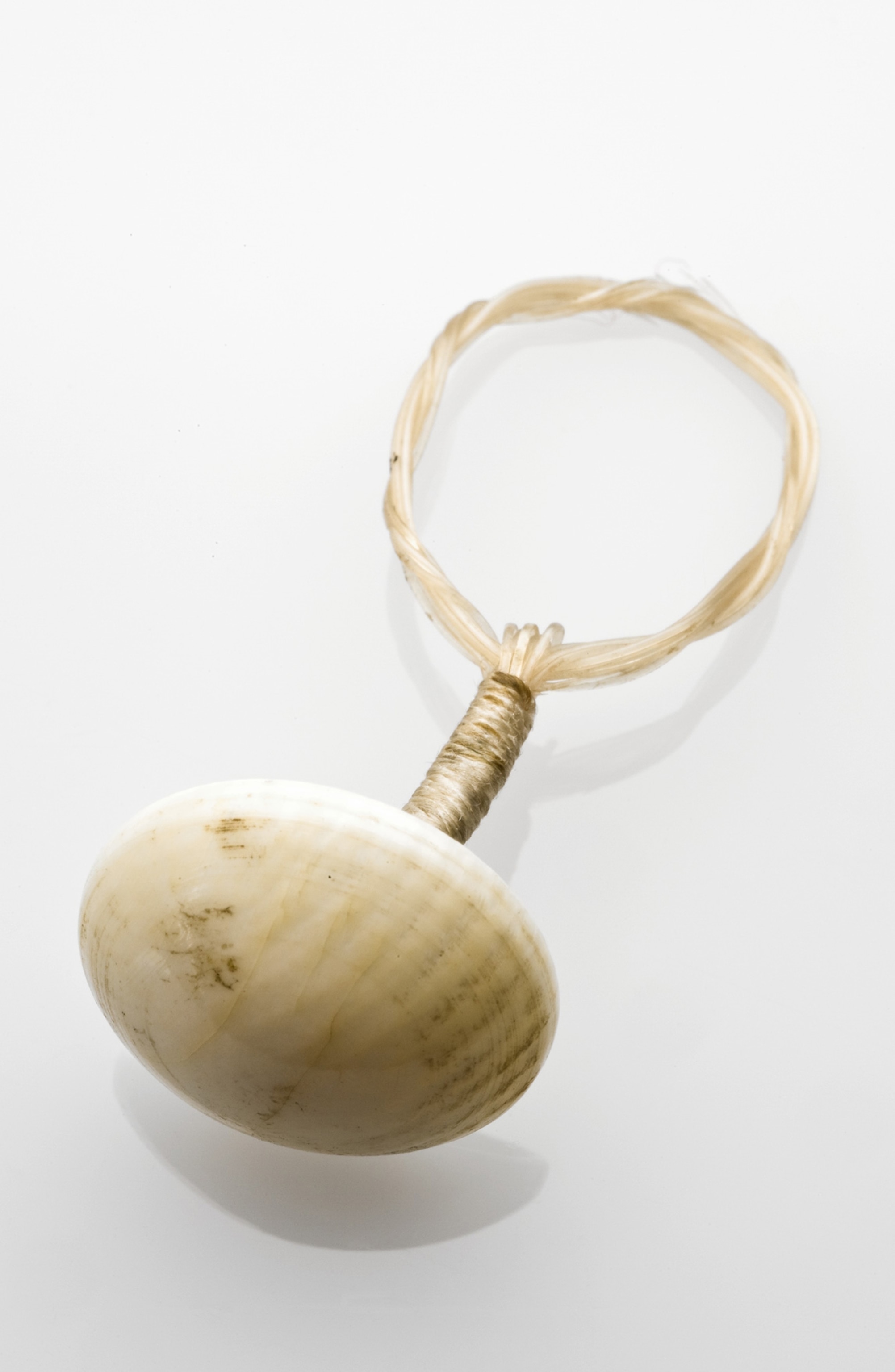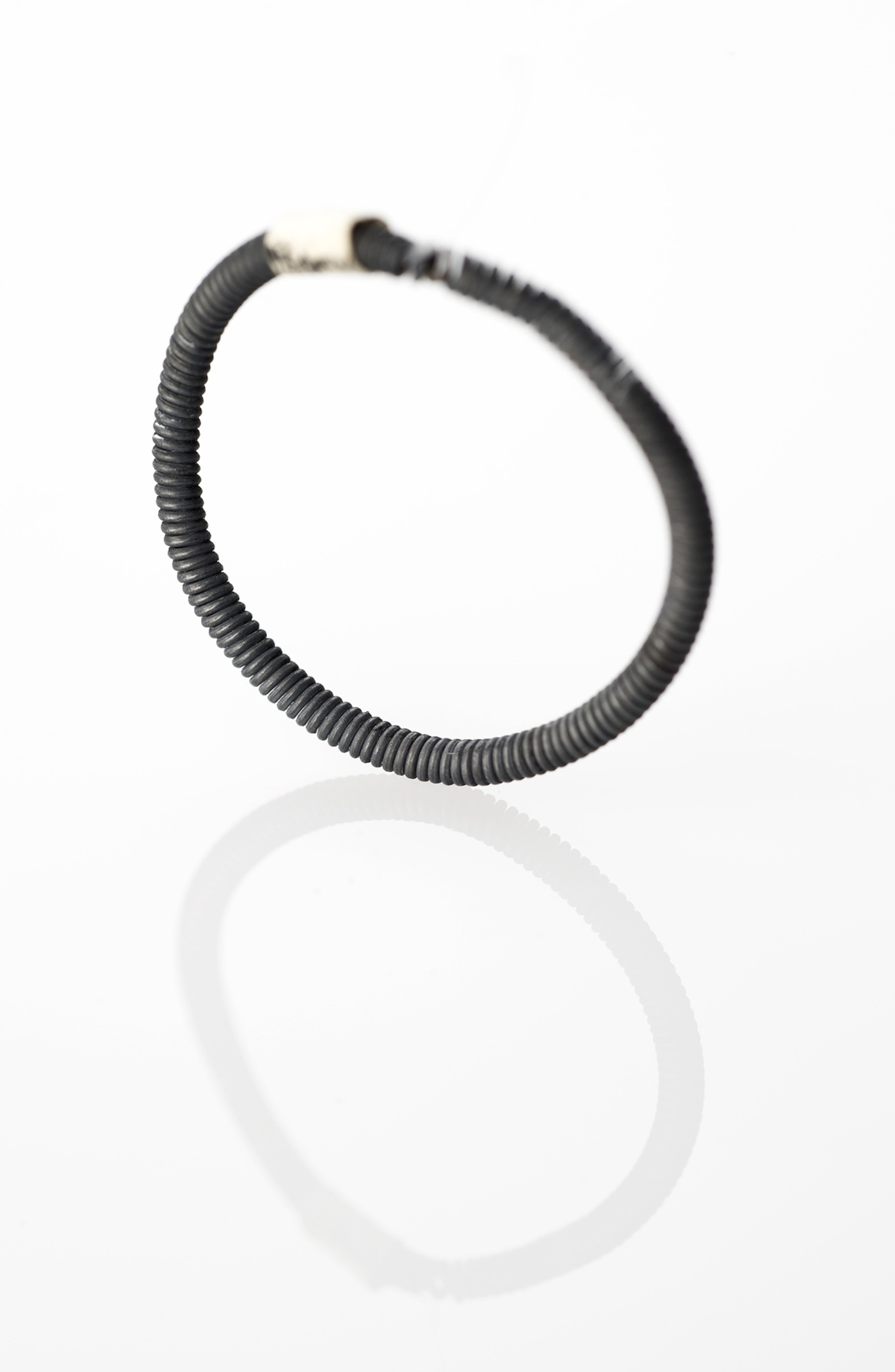Lemons, Sponges, and Other Old Forms of Birth Control
Pope Francis suggested that women in Zika-infected areas could turn to the age-old practice of birth control.
On Thursday, Pope Francis suggested that women who live in countries threatened by the Zika virus could use contraception, saying that “avoiding pregnancy is not an absolute evil”—a huge change from the church’s historic stance against one of the world’s oldest practices.
When people think of birth control, they often think of the modern pill. But there are many types of contraception, and they’ve been around for a very long time.
“People have been trying to control reproduction literally as long as there have been human societies,” says Irene Linda Gordon, author of Woman's Body, Woman's Right: Birth Control In America.
Take sponges, for example.
“Sponges have been used for thousands of years,” says Gordon. When placed over the cervix, these are “actually fairly effective as a natural form of contraception” because “they absorb semen.”
Condoms, too, are a traditional form of birth control. They’ve been around for hundreds of years—before the 19th century rubber boom, most were made of animal skin or intestines. And spermicide isn’t a recent innovation. Lemon juice and other acidic substances were tried long before modern spermicides landed in condoms. For extra protection, ancient people would rub a mixture of lemon juice and honey on a contraceptive sponge.
These methods weren’t as safe and effective as modern ones—many early versions of intrauterine devices (IUDs) were terribly uncomfortable or caused infections—but the fact that people pursued them shows how strong their desire was for birth control. Throughout history, people have used these and other methods regardless of whether their church or state has given approval. The same holds true today.
Even though “the Catholic Church officially disapproves of contraception, the fact is that contraception is the most widely used in Catholic countries like France, like Italy,” Gordon says. “98 percent of Catholic women in [the United States] use contraception. So there’s a huge gap between the official doctrine and practice.”
The Pope’s statements are a step towards shrinking that gap, and culturally normalizing what is already a statistical norm: the practice of women and men controlling their reproduction.
Follow Becky Little on Twitter.














